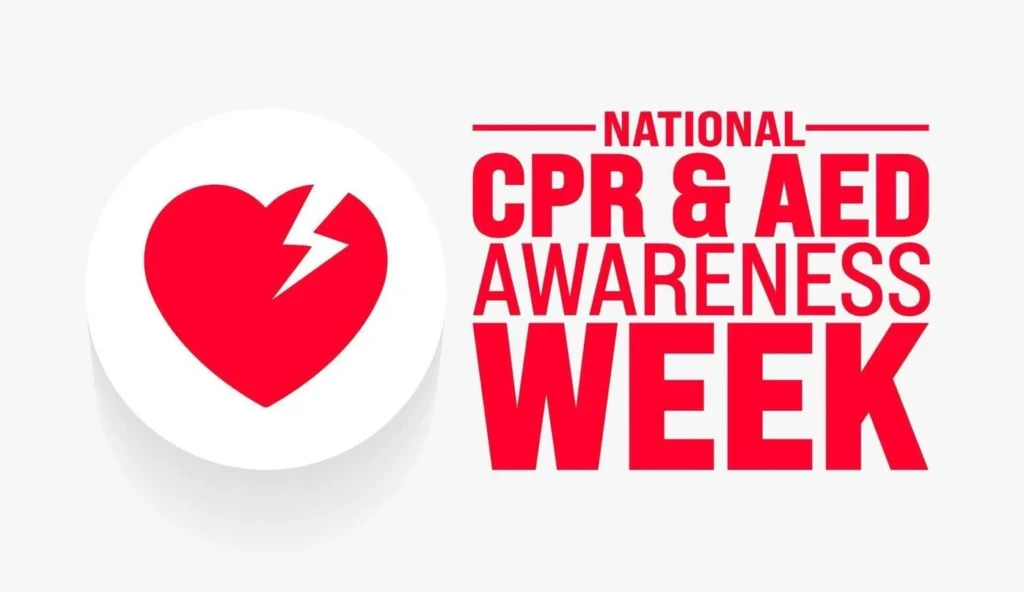The new hepatitis C cure, Sovaldi, is a huge breakthrough in fighting the liver-destroying disease. It has made a big splash for those fighting the hepatitis C virus (HCV), not only for its high cure rate and low side effects, but the pill’s high cost has also raised controversy.
Hepatitis C is a liver disease that’s spread through contact with blood of an infected person. Those who contract HCV can live decades with the virus without showing any symptoms, but 8 out of 10 of those infected go on to develop chronic hepatitis C.
Though HCV-positive people may not show symptoms, the virus is still silently causing damage to the liver leading to liver failure or cancer. Hepatitis C now kills more Americans every year than HIV.
Before Sovaldi, Interferon-based treatments were the only option to cure hepatitis C. Interferon was injected into patients causing serious side effects, making them feel seriously ill with flulike symptoms. Treatment could take anywhere from six months to a year, and only had a 40 to 50 percent cure rate.
“Interferon is like getting hit by a Mack truck once a week,” Dr. Charles Krasner said, the infection disease specialist who runs HOPES’s hepatitis C clinic.
“It made patients very sick, very depressed, fatigued. It was like having hot flashes all the time. And for a lot of people, it was very difficult for them to get through it.”
But with Sovaldi, the new drug can be taken orally, usually only takes 12 weeks to cure HCV, has minimal side effects and boasts a 90 to 100 percent cure rate. Sovaldi is taken in combination with other drugs and can even treat chronic hep C patients who have liver cirrhosis.
“I think this is one of the biggest breakthroughs in medicine in 30 or 40 years,” Dr. Krasner said. “There aren’t many diseases where you can actually cure many millions of people and save millions of people’s lives.”
Though the drug has astonishing results, the price of Sovaldi has caused quite a bit of controversy and media coverage. It can cost around $1,000 a pill, totally $84,000 for the 12-week regiment.
The U.S. Senate Finance Committee even launched an investigation into the pricing of Sovaldi and how the company that makes the pill, Gilead, arrived at its cost.
With the hefty price tag, it’s important for individuals to avoid the behaviors that lead them to contracting HCV like sharing needles, Dr. Krasner said. Today, hepatitis C is most commonly transmitted by injected drug users who don’t use clean needles.
Dr. Krasner said one of the good things about fighting hepatitis C is that it takes decades to do real damage, so patients have time to fix lifestyle issues before getting treatment.
But injected drug users aren’t the most at risk– the baby boomer generation (those born between 1945-1965) is actually the most at-risk group for HCV. Baby boomers are five times more likely to have the virus and account for three out of ever four people infected.
Those who got a blood transfusion before 1992 are also at risk, which is when the U.S. developed good testing methods to screen out infected blood.
That’s why it is still important for high-risk people to get tested, since those infected with hepatitis C don’t show any symptoms. HOPES provides free testing, and you can see the details here.
Hepatitis C is the most common chronic blood-borne infections in the United States– about 3.2 million Americans have chronic HVC, as well as an estimated 130 to 150 million people worldwide.



